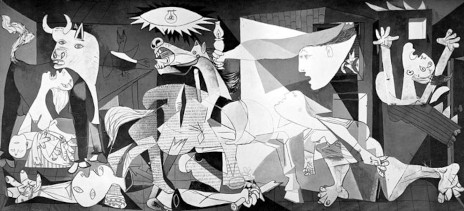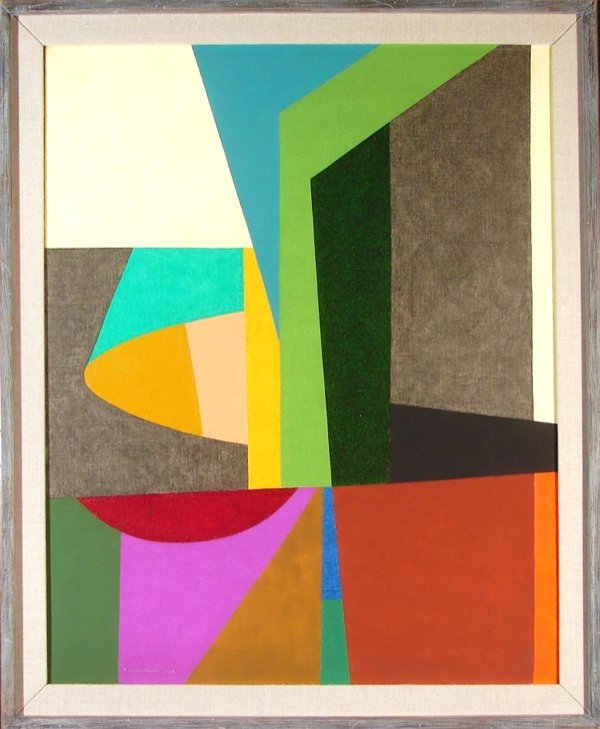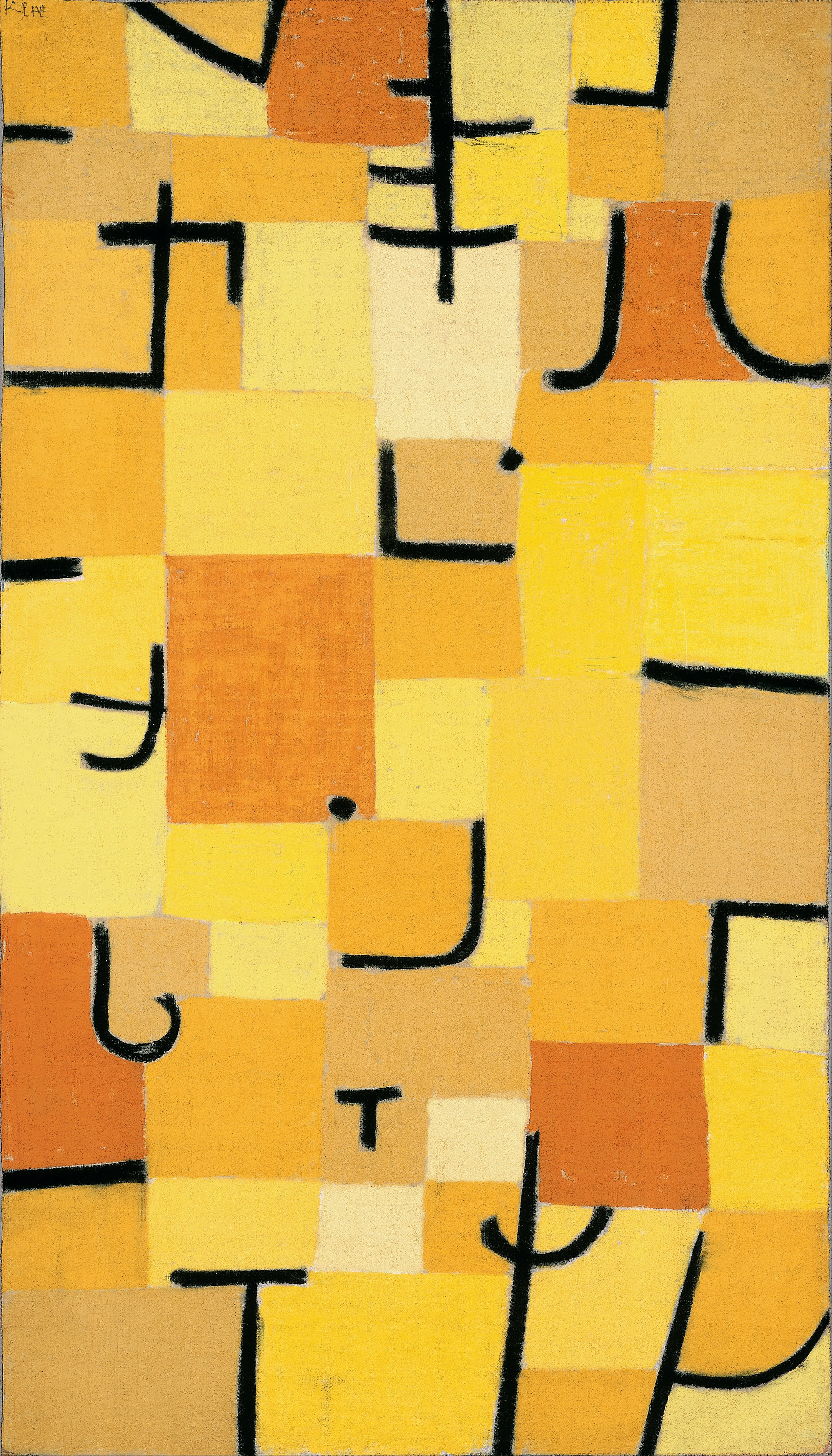The questions I was asked to answer are:
1. What are you working on?
I always have several projects in process at any given time. When I get bored, frustrated or stuck on something, it really helps me to get away and let it process in my subconscious until I can come back with a fresh look. That said, here's what I've got going:
(1) Magnum, i.e. Rockers #2 - huge, huge undertaking which came out of a Nancy Crow workshop. It has been on my wall since March, and it feels soooo good to see that wall empty. I'm now at the stage of putting together each of the 6-7 large parts that were made individually. I don't want to post a pic of the whole thing until it's done, which should be in the next week, so this closeup will have to do:
(2) I very quickly made these improv blocks, which I really enjoy moving around on the wall...
They came out of the scraps from Rockers #4:
3) Meanwhile, the Wired series that I started at Terry Jarrard-Dimond's class at the barn is languishing for lack of wall space.
4) I love paper piecing and when my brain gets numb from designing art quilts, I like to mindlessly sew pretty colors on paper. This is a Block of the Month called Almond Country Beauty. Because I am always striving to be an overachiever (note, I'm not actually an overachiever, I just have these fantasies), I decided to do a solids one with charcoal background as well as the scrappy one that comes in the kit.
5) A local modern quilt group is doing the Tula Pink City Sampler. I'm not sure I'm going to jump on the bandwagon, but I made the first block just to see if I would like it. I did. I am really bad at precision and quarter inch seams, so maybe I should just do it for the practice... Once I saw them on the wall, I was pretty much hooked. Plus it will be a great way to make use of all the print fabric I bought before I decided I wanted to work in solids. The group is only doing 2 per month (doing math..... wait.... wait..... 4 years to finish all 100..... I'd better go faster, or do fewer.... Anyway, here's what I've done so far:
6) Then there is the sleeves-and-labels project that just goes on and on and on.... didn't take pictures of that, too depressing). I have 18 small quilts laid out on the table waiting for sleeves, that need to be hand sewn. If I'd actually MADE the sleeves - which only takes a couple minutes - I could have had them all sewn on during the mindless TV I've watched for the last few weeks. GRRR! Procrastination killing me again!
2. How does your work differ from other work of this genre?
I'm not sure what my genre is. I primarily consider myself an artist who works in the quilt medium, and that is the goal I am most focused on, but I also like to do "Modern Quilting." Magnum is an artwork. The improv blocks are art but also modern quilts, the paper piecing and City Sampler are modern quilts, not art because they are someone else's design. I think I work more improvisation ally than many people. I'm constantly surprised when people are awed by what I create without a pattern. I really just consider it "making shit up," if you'll pardon my vulgarity. It's so much easier than following directions!
3. Why do you create?
Because it makes me happy.
4. What is your creative process?
Pretty much what I described in question #1. I work on lots of different things depending on my mood and what grabs my fancy. When creating my own designs, I like to start with a vague sketch in my sketchbook or on any scrap of paper that's available. Sometimes It on the wall in black and white fabric to get the shapes down. Or sometimes I just start on the wall. Then I just start filling in grounds, and changing figure pieces from black to a color. This blog post documents the process of creating Rockers #3. In that case I started with colored figures, not black and white.
I like to work on design, or complicated assembly problems when my brain is more fresh - in the morning, usually. Sometimes in the evening I do the paper piecing, since it requires less mental capacity. (Although last night I sewed the same piece on wrong, four times. And there are only four configurations it could possibly go in!).
I always seem to have a number of ideas for projects backed up in my sketchbook, on my pinterest boards, or in my brain, so getting ideas is not hard. What is hard is focusing on one particular area of interest so that I can develop a "coherent body of work," that ever-elusive goal. I have started several series - Strip Piecing, Asemia, Rockers, now Wired. There are only a couple completed quilts in each, but several more completed tops.
Now that my Dear Darling Husband has recessed my machine into the table, I'm going to really, really, really get to work on my free motion - or even walking foot - quilting. That is my weak point in the creative process. I love making tops. Quilting them, not so much. Yet. I think I will like it once I get better at it.





























































%204.JPG)